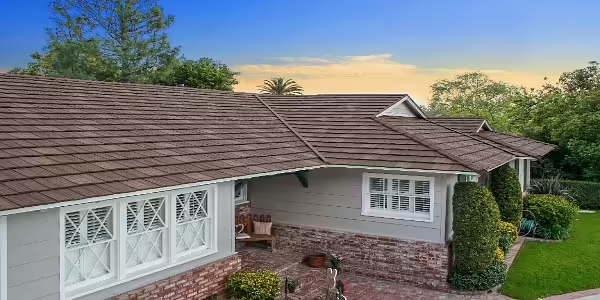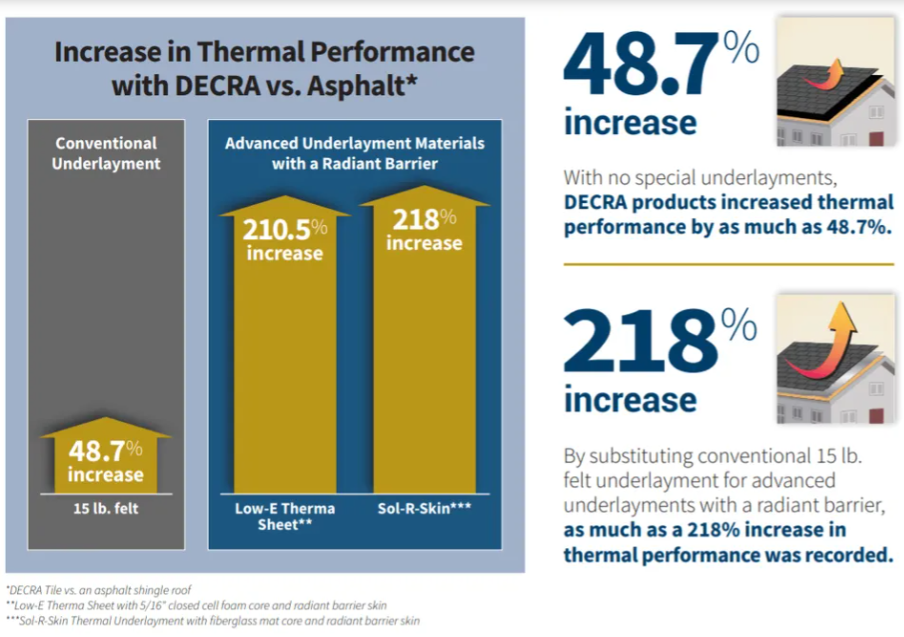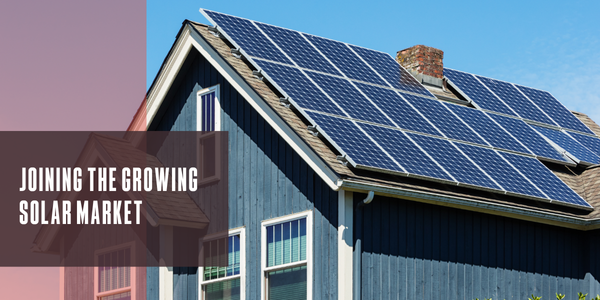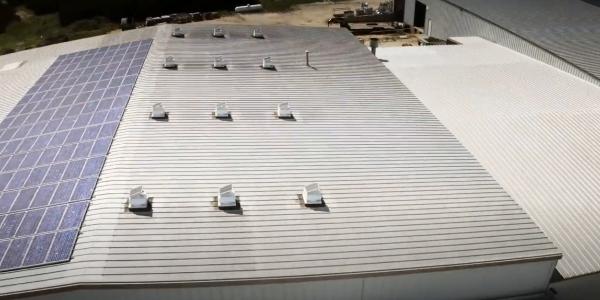Increase Energy-efficiency by Up to 218%

By Mark Gallant, DECRA.
A study compared the thermal performance of DECRA Metal Roofing products with 3-tab asphalt shingles.
When it comes to improving energy efficiency with a roof upgrade, there are three physical characteristics to increase, also known as thermal performance. These include:
- Thermal resistance: The insulation value of the entire roof
- Emissivity: The ability of the roof to radiate solar heat gains up and away from the house or building
- Reflectivity: The ability of the roof to reflect radiant heat back to the direction from which it came
A 3-tab asphalt shingle roof is one of the most common roofing materials used in the United States, making up about 70% of U.S. homes. R&D Engineering conducted a 2019 study to compare thermal performance between DECRA Metal Roofing products and 3-tab asphalt shingles.
For the study, R&D Engineering analyzed thermal resistance to solar heat gain across the entire roofing assembly including:
- Roofing material
- Roof deck sheathing (7/16” oriented strand board (OSB) or 1/2” CDX plywood)
- Roofing underlayment (15 pound felt versus reflective radiant barrier)
- Air film (on both the exterior and interior roof system surfaces)
- Direct-to-deck and batten installations (battens are wood grids providing an air space under the roofing material)
The results? DECRA Metal Roofing products performed as much as 218% better than 3-tab asphalt shingles when it comes to thermal performance and energy efficiency.
As the cheapest roofing material on the market, it’s not surprising that asphalt shingles are one of the worst performers when it comes to thermal performance or energy efficiency.
R-Value increases with DECRA Metal Roofing
The most basic thermal performance comparison is the R-Value number which measures insulating thermal resistance. Using standard roof deck materials and economical 15 pound felt DECRA products easily topped the total 2.28 R-Value achieved by 3-tab asphalt shingle roofs.
The table below shows performance increases for DECRA roofing profiles with no special underlayments for projects such as roofing over, remodeling, and speedy upgrades.
All DECRA stone-coated steel roofing products provide significant “stand-alone” thermal improvement and energy savings, even with the most basic roofing materials.
But we’re just getting started.
Supercharged energy efficiency with DECRA metal roofs
The 48.7% increase with DECRA Tile above is pretty good but the R&D analysis revealed that we can do better. How about a 218% increase in thermal performance? That number is only achievable with DECRA.

The roof’s underlying 15 pound felt, commonly known as “tarpaper” can be replaced in the roofing system by space-age materials that have a dramatic effect on energy efficiency.
DECRA roofing systems with advanced underlayment materials such as Low-E Therma Sheet with closed-cell foam core or Sol-R-Skin with woven fiberglass mat and radiant barrier skin increase thermal performance exponentially.
Radiant barrier underlayments increase reflectivity
The R&D Engineering team tested DECRA roofing systems with two advanced underlayment materials substituting for common 15 pound felt:
Low-E Therma Sheet roof underlayment – manufactured by Environmentally Safe Products, Inc. with 5/16” closed cell foam core & radiant barrier skin
Sol-R-Skin Thermal Underlayment – manufactured by International Insulation Products, LLC with fiberglass mat core & radiant barrier skin.
DECRA Tile and DECRA Shake on 2X2 wood battens topped the radiant barrier performance charts:
- DECRA Tile increased performance by 218% with Sol-R-Skin with an incredible R-Value of 7.25. With Low-E Therma Sheet there was a 210.5% increase with an R-Value of 7.08
- DECRA Shake followed closely in second place with increased performance at 216.7% and an R-Value of 7.22 with Sol-R-Skin. Testing with Low E-Therma Sheet registered a very respectable 209.2% increase with an R-Value of 7.05
Importance of the roof air space for thermal performance
The study highlighted the importance of the air space created with batten installations for maximum thermal emittance, or the ability of the roof surface to radiate absorbed heat. 2X2 battens provide the maximum airspace and volume to allow heated air to escape up and away from the home through the ridge vents.
Even in cool conditions, the 1-½” air space from 2x2 battens provides an extra insulating layer to keep heating costs down.
The study also analyzed more common 1x4 batten systems and DECRA roofing products posted significant performance increases there as well.
- DECRA Villa Tile on 1x4 battens has an R-Value of 3.14 with a 37.7% performance increase even when standard 15 lb. felt is used.
- DECRA Villa Tile on the same 1x4 battens leaps to an R-Value of 4.85 and improvement escalates to 112.7% when a radiant barrier underlayment is added.
DECRA roofing products provide the minimum required ¾” airspace so direct-to-deck DECRA installations also benefit from radiant barrier underlayments as well. DECRA metal roofs are highly efficient at releasing absorbed heat, unlike asphalt shingle roofs which continue to radiate heat down into the home long after the sun goes down.
DECRA Villa Tile direct-to-deck installations with a radiant barrier underlayment have an R-Value of 4.64 with a 103.5% improvement versus an asphalt shingle roof and 77.8% versus DECRA Villa Tile with 15 pound felt.
The Strength of stone-coated steel
Easily fractured clay tiles, fragile weathered wood shakes, and saggy asphalt shingles simply don’t have the stand-alone structural integrity or impact resistance to bear loads over a super-efficient batten system without support.
DECRA stone-coated steel panels have the highest UL2218 Class 4 impact rating, so they are fully walkable with either direct-to-deck or batten installations.
When you’re ready to improve the thermal performance of your home or building to reap the ongoing energy savings of a DECRA stone-coated steel roof warrantied to last for a lifetime please don’t hesitate to contact the roofing experts at DECRA today.
Learn more about DECRA Metal Roofing in their directory or visit www.DECRA.com.
Original article source: DECRA Metal Roofing






















Comments
Leave a Reply
Have an account? Login to leave a comment!
Sign In